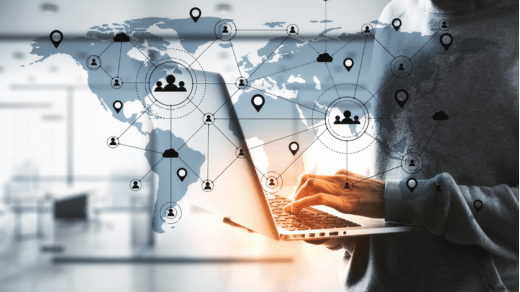“The Evolution of Software: From Punch Cards to AI” is a fascinating journey that has transformed the world of technology and our daily lives. Here are 15 pros and 15 cons associated with this evolution:
Pros:
- Automation: Software evolution has automated countless tasks, increasing efficiency.
- Global Connectivity: Software enables instant global communication and collaboration.
- Improved Productivity: Businesses use software to streamline operations and boost productivity.
- Economic Growth: The software industry is a major driver of economic growth.
- Accessibility: Software has made information and services more accessible to people worldwide.
- Medical Advancements: Medical software has improved diagnostics and patient care.
- Entertainment: Software has revolutionized the entertainment industry.
- Education: Educational software enhances learning experiences.
- Research: Software aids scientific research and data analysis.
- Personalization: Software tailors experiences to individual preferences.
- Innovation: Constant software evolution drives innovation in other industries.
- AI and Machine Learning: Advancements in AI and ML are transforming multiple sectors.
- Energy Efficiency: Software optimizes energy consumption.
- Security: Software evolves to counter emerging cybersecurity threats.
- User Experience: Enhanced UIUX design makes software more user-friendly.
Cons:
- Complexity: Modern software is intricate and can be challenging to develop and maintain.
- Legacy Systems: Old software can become a burden to upgrade or replace.
- Security Risks: Evolving software introduces new vulnerabilities.
- Privacy Concerns: Data collected by software can lead to privacy issues.
- Technological Dependency: Society’s reliance on software creates vulnerabilities.
- Digital Divide: Not everyone has equal access to evolving software.
- Environmental Impact: Data centers and software can have a significant carbon footprint.
- Job Displacement: Automation can lead to job losses in certain industries.
- Expensive Licensing: Proprietary software can be costly for businesses.
- Quality Issues: Rushed software development can result in quality problems.
- Incompatibility: Different software may not work well together.
- Monopoly Concerns: Some companies dominate the software market.
- Learning Curve: Constant software changes can be challenging for users.
- Software Bloat: Software can become bloated with unnecessary features.
- E-Waste: The rapid evolution of software leads to hardware obsolescence.
The evolution of software, from punch cards to AI, has undoubtedly brought about numerous benefits, including automation, global connectivity, and economic growth. However, it also comes with challenges, such as complexity, security risks, and job displacement. As technology continues to advance, it’s essential to address these cons while maximizing the pros for the betterment of society.

